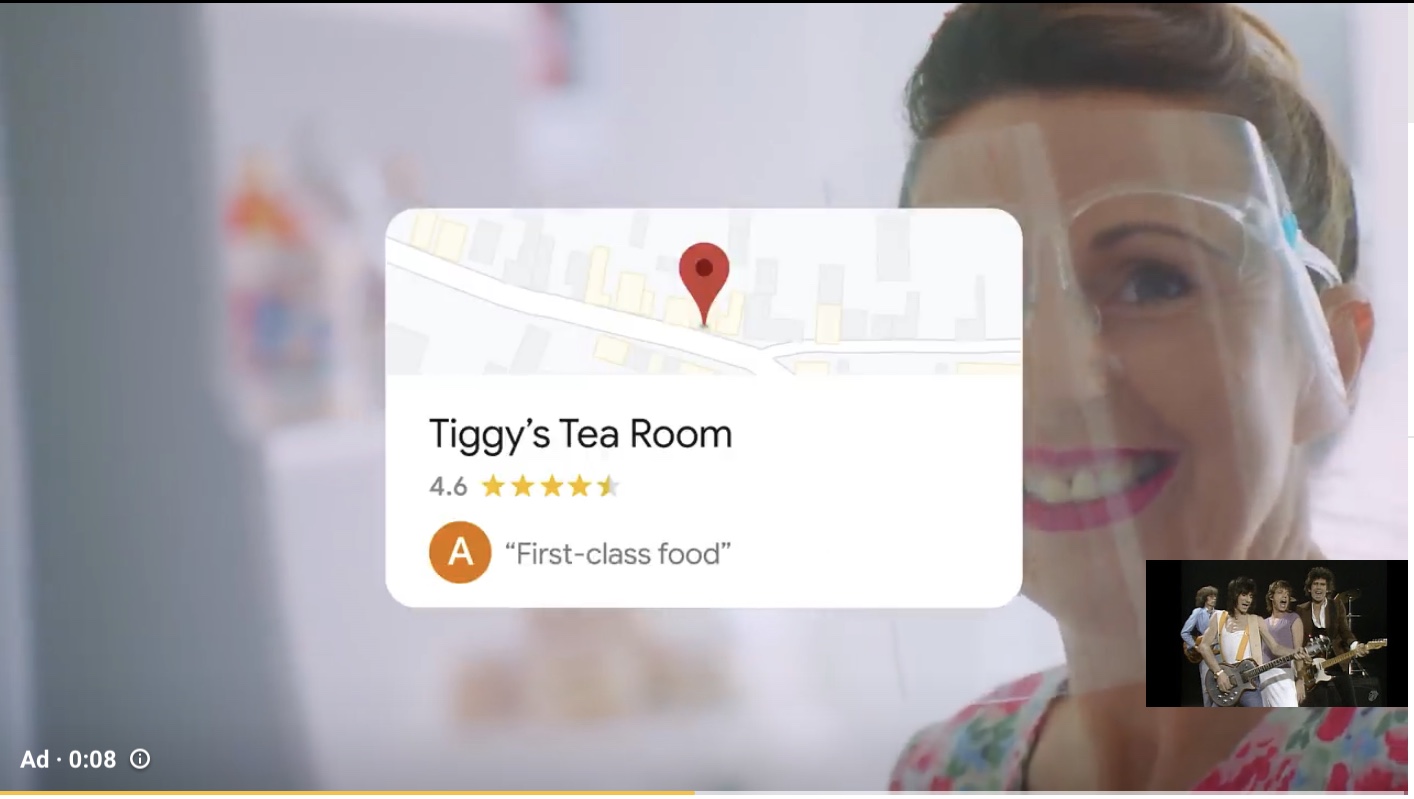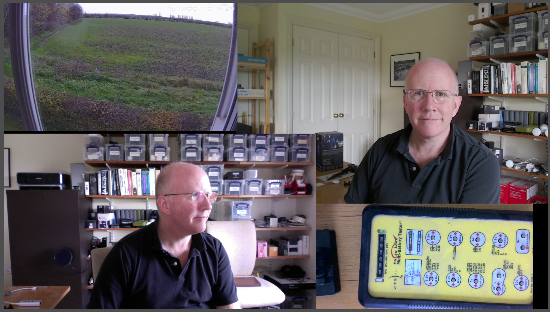![]() On John’s blog, for some weeks now, he’s been running a series of recommendations: Things to listen to instead of the morning radio news. This is a jolly good scheme.
On John’s blog, for some weeks now, he’s been running a series of recommendations: Things to listen to instead of the morning radio news. This is a jolly good scheme.
I used to be a big fan of the BBC’s ‘Today’ programme, but have become ever more frustrated with the presenters, who are so much more interested in asking questions than in getting answers. Mishal Husain, in particular, seldom lets anyone finish a single sentence. And that’s even before you get to the contents of the news itself, which isn’t the most positive accompaniment to breakfast. No, if you want to read or listen to the news, do it a bit later on; don’t start or end your day with it — that’s my recommendation! The only thing worse would be starting and ending your day reading social networks.
Anyway, my variant on John’s scheme is that the most common command I used to give my Amazon Echo — “Alexa, play Radio 4” — is now increasingly replaced with “Alexa, play music by X”, where X is a classical composer. This does require you to have Spotify, Amazon Music or a similar music source linked to your Alexa account. (You’ll have quite a lot of Amazon Music available automatically if you have Amazon Prime.)
Why not try a few of the following over the next couple of weeks, to start your day on a different tempo?
- Alexa, play music by Handel
- Alexa, play music by Franz Liszt
- Alexa, play music by Thomas Tallis
- Alexa, play music by Johann Strauss Two (it seemed to prefer that to ‘the second’!)
- Alexa, play music by Chopin
Now, this post would have more impact if I finished it here, but I think it’s worth offering a few practical tips.
I couldn’t get it to play a favourite of mine, Bernhard Crusell, though he’s definitely on Spotify. I’m guessing this is because Alexa needs to recognise the name before passing it to Spotify, and it had trouble with this one, helpfully offering ‘Crouseau’ or ‘Soft Cell’ as alternatives!
Sometimes you’ll get variations on the theme. You may get a playlist based on the composer, or music from the Johann Strauss Orchestra. But it’s likely to be in line with your mood anyway! If you think “Surely this wasn’t written by Chopin?”, then a useful query is “Alexa, what’s playing?”. And occasionally you may want “Alexa, skip!”
If you do have more than one source of music available, you can compare them for variety. As I type this, for example, I’m greatly enjoying the playlist I get with “Alexa, play music by Corelli from Amazon Music”. Recommended.
Finally, you will, of course, be limited by the audio capabilities of your particular Amazon device. If you have Sonos speakers or similar linked into your system, then you can use that instead. In my case there’s a big Sonos speaker hidden away on top of the fridge, and if I say “Alexa, play music by Chopin in the kitchen” to send the audio stream there, it’s a completely different experience.
And I think we can agree that Frederic deserves it.







Recent Comments